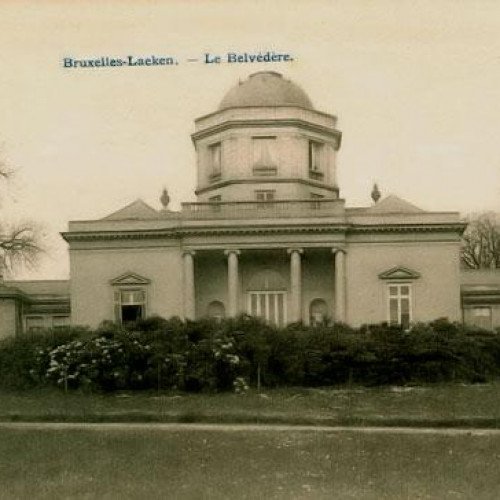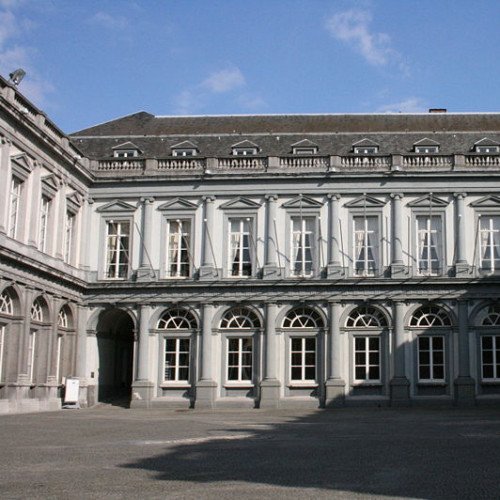Castles of "Belgium" BELVÉDÈRE CASTLE vs EGMONT PALACE

BELVÉDÈRE CASTLE
Belvédère Castle (French: Château du Belvédère; Dutch: Kasteel Belvédère) is a Belgian royal residence in Laeken, Belgium, which currently houses Albert II of Belgium and his wife, Queen Paola of Belgium. Belvédère Castle was originally built in the 1780s, then the castle was bought by King Leopold II in 1867. The castle was meant for his sister Carlotta of Mexico, but she chose to live in Tervuren, which left Belvédère empty for a while. In 1890, a fire broke out in the Royal Castle of Laeken, and King Leopold and his wife Marie Henriette of Austria moved to Belvédère while repairs took place. Once the repairs were finished, Leopold and Marie Henriette moved back to the Royal Palace, while Belvédère became the residence of their youngest daughter, Princess Clementine. She lived in Belvédère until her father died and she got married, leaving the castle for the Royal Palace. From there, the castle was occupied by different members of the royal court. In 1958, it was used for exhibitions during the World Expo. The following year, the newlyweds Albert II and Paola moved to Belvédère, which expanded to 5 hectares (12 acres), having acquired parts of a local park. All three of the royal couple's children were born and raised in Belvédère. After the couple became the monarchs of Belgium, they stayed at the castle instead of moving to the Royal Palace.
Statistics for this Xoptio

EGMONT PALACE
The Egmont Palace (French: Palais d'Egmont, Dutch: Egmontpaleis) is a neoclassical palace in Brussels, Belgium. It is situated in the Sablon/Zavel district, between Rue aux Laines/Wolstraat and the Petit Sablon Square. Today, it houses the Belgian Ministry of Foreign Affairs. The original mansion was built between 1548 and 1560 by Françoise of Luxembourg and her son, Lamoral, Count of Egmont, first in a Flemish Gothic, and later Renaissance style. The fabric was dramatically transformed in the 18th century, when the property passed onto the Arenberg family, and the building was clothed in a neoclassical style. The plans for this stage are attributed to the early advocate of neoclassicism, Giovanni Niccolò Servandoni. After a fire demolished the oldest part of the building in 1891, it was reconstructed in a uniform neoclassical style. The venue hosted the fencing events for the 1920 Summer Olympics in the garden. After World War I, the German Arenberg family was forced to sell the building to the City of Brussels. In 1964, it was sold to the Belgian state. In 1977, the Egmont pact on the Belgian state reform was signed in the Egmont Palace during the second administration of then Prime Minister of Belgium Leo Tindemans.